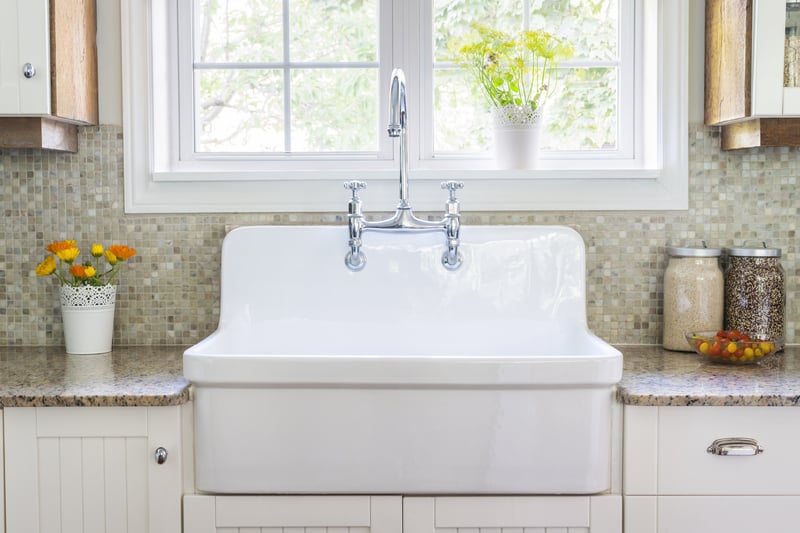Remove Damp Smells
Posted on 05/12/2024
Dealing with damp smells in your home can be both frustrating and concerning. Damp smells are not only unpleasant but can also be a sign of underlying issues such as mold growth, water damage, or poor ventilation. In this article, we will explore effective methods to remove damp smells from your home, ensuring a fresh and healthy living environment.
Understanding the Causes of Damp Smells
Before you can effectively eliminate damp smells, it's critical to understand what causes them. Common sources of musty odors include:
- Mold and mildew growth
- Leaks or water damage
- Poor ventilation
- Wet or damp surfaces
Identifying the root cause of the damp smell will help you target your efforts more effectively.

Inspect and Repair Leaks
One of the first steps to removing damp smells is to inspect your home for any leaks or water damage. Check common areas such as the basement, roof, around windows, and under sinks. If you find any leaks, repair them promptly to prevent further moisture buildup.
Improve Ventilation
Proper ventilation is essential in preventing and eliminating damp smells. Make sure your home has adequate airflow by opening windows, using exhaust fans in bathrooms and kitchens, and considering installing a dehumidifier in areas prone to moisture.
Clean Affected Areas
Mold and mildew can develop in damp environments, contributing to the musty odor. Clean affected areas using a mixture of water and white vinegar or a specialized mold cleaner. Be sure to wear protective gloves and a mask while cleaning to avoid exposure to mold spores.
Use Odor Absorbers
There are several natural odor absorbers you can use to tackle damp smells:
- Baking Soda: Place bowls of baking soda around the home to absorb odors.
- Activated Charcoal: It can effectively absorb and neutralize odors in enclosed spaces.
- White Vinegar: A bowl of white vinegar can help to neutralize smells in a room.
Wash Fabrics and Upholstery
Soft furnishings, such as carpets, curtains, and upholstery, can harbor damp smells. Wash any washable fabrics on a hot cycle to remove mold spores and odors. For non-washable items, consider using a fabric freshener or professional cleaning services.
Pros and Cons of Removing Damp Smells
Addressing damp smells comes with its advantages and challenges:
Pros:
- Improved air quality
- Reduced risk of health issues related to mold exposure
- Increased home comfort
- Prevention of structural damage
Cons:
- Can be time-consuming
- May require professional assistance for severe issues
- Potential cost for repairs and remediation
Tips for Preventing Damp Smells
- Regularly inspect and maintain your home to prevent leaks and water damage.
- Ensure proper ventilation in all rooms, especially in moisture-prone areas like bathrooms and kitchens.
- Use a dehumidifier to control humidity levels, particularly in basements and other damp areas.
- Keep windows and doors open periodically to allow fresh air to circulate.

Takeaways
- Identifying and addressing the root cause of damp smells is crucial for effective removal.
- Regular cleaning and maintenance are essential for preventing damp smells.
- Using natural odor absorbers can help neutralize lingering odors.
- Proper ventilation and humidity control are key to maintaining a fresh and healthy home environment.
Conclusion
Removing damp smells from your home may require some effort, but the benefits are well worth it. By identifying the source of the odor, improving ventilation, cleaning affected areas, and using natural odor absorbers, you can eliminate musty smells and enjoy a fresher, healthier living space. Regular maintenance and prevention strategies will also help ensure your home remains odor-free in the long term.







